While nothing beats a high-quality pen for most daily writing tasks, pencils are still universally used in a variety of different settings because they can do things that pens cannot. As children, we learn to write and do our math calculations using pencils because they are erasable. It is simple to remove errors and try again, making them excellent learning tools. Pencil is also an ideal art medium. It creates smooth, dark lines of varying thicknesses. Artists use deliberate smudging to create shadows and depth in their work. Whether creating a first or a final draft, pencil lead is a very flexible medium.

History
Pencil lead, or graphite, as we know it today, is unique. Early writers used lumps of graphite wrapped in a cloth to grip the mineral easily. Consisting of carbon atoms arranged in a crystalline structure, graphite flakes apart easily, leaving thin sheets of carbon on paper or parchment as it is pulled across the page.
Over time, innovators began fashioning wooden holders for sticks of graphite, making writing more effortless and allowing them to document their work more effectively. The first record of such a device came in 1565. Conrad Gessner, a botanist, physician, and zoologist, drew diagrams of his writing implement and provided a description as well. He described a hollow wooden shaft to hold a long, thin piece of lead. This wooden pencil was the precursor to both modern wood pencils and later mechanical pencils.
Choosing a Pencil
With so many different mechanical pencils to choose from, it is essential to understand the differences between them to make an informed decision. The pencil that works best for one person may not be the top choice of another.
Operating Mechanism
Mechanical pencils are so named because they contain a mechanism for advancing the lead within the pencil chamber. This advancing action allows you to keep writing with a thin piece of pencil lead without stopping to sharpen it.
- Simple Click – Clicking the eraser end of a mechanical pencil to advance the lead is the most common method. You can easily refill these pencils through a hole under the eraser.
- Shaker – Shaker style pencils operate on the same principles as simple click pencils. However, instead of stopping what you are doing to click the pencil, you can advance the lead with a quick flick of your wrist. This shaking motion activates a weight inside the pencil that pushes the button for you.
- Twist – This method is common in pencils that come with a matching ballpoint pen such as the Montblanc Meisterstuck. Simply twist the end of the pencil until it clicks to push out more lead. When you release the end, it will snap back into place, securely holding the lead in the new position. Refilling this type of pencil requires opening up the pencil and refilling the lead cartridge inside.
- Screw – While uncommon in modern pencils, some pencils like the Faber-Castell e-motion still operate using a twisting motion to advance the lead slowly. When the lead runs out, you can remove the leftover nub, replace it with a new stick of lead, and twist the pencil to retract it back in. Although these pencils can only hold one piece of lead at a time, there is usually space inside to store spares.
- Automatic Advance – Pencils with this auto feed capability are almost smart pencils. At first glance, it may appear that there is not much lead with which to write. However, the lead is surrounded by a smooth, plastic collar. As you are writing, the lead will wear down until the collar contacts the writing surface. This contact causes the collar to retract up and push down more lead, giving you a constant lead supply.
Lead Thickness
The majority of mechanical pencils are only compatible with one lead size. The most common sizes are 0.5mm, 0.7mm, and 0.9mm. Thinner lead is more suitable for small handwriting or detailed drawings, allowing you to use fine lines for intricate details. While some very thick pencil leads can be sharpened, thicker sizes can leave you feeling like you are writing with a dull pencil. If you want the ability to change lead sizes from time to time, you may want to consider a high-end mechanical pencil with an adapter. These adapters eliminate the need to buy multiple different pencils to accommodate various lead sizes.
Lead Hardness
While the pencil that you choose does not dictate your lead's hardness, it is still an essential factor to consider when buying your supplies. Graphite hardness is measured on a scale from "9H" to "9B," with "HB" representing graphite in the scale's center. Confusing at first, the scale is easy to understand. The number preceding the "H" indicates how hard the graphite is, with "9" being the hardest. Hard graphite is well-suited to technical and detailed work and art where you don't want smudging.
The number before the "B" refers to the blackness of the graphite. Softer graphite writes smoothly and darkly. Thus, blacker graphite is on the opposite side of the scale from hard graphite. Soft graphite is perfect for pencil shading and filling in the bubbles on all those standardized tests, as it writes darkly and smudges to fill in spaces completely.
For most people, pencils are a tool that we have been using our whole lives. Finding the perfect mechanical pencil for you does not have to be complicated. Look for pencils that write in a way that matches your style. Then, pair it with a lead that works for you and not against you, controlling color and smudging by adjusting the hardness. Refillable mechanical pencils are ingenious inventions and can be a lot of fun to use.

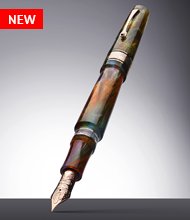
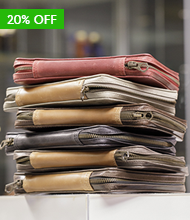
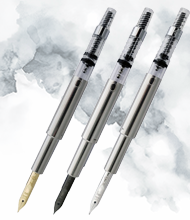

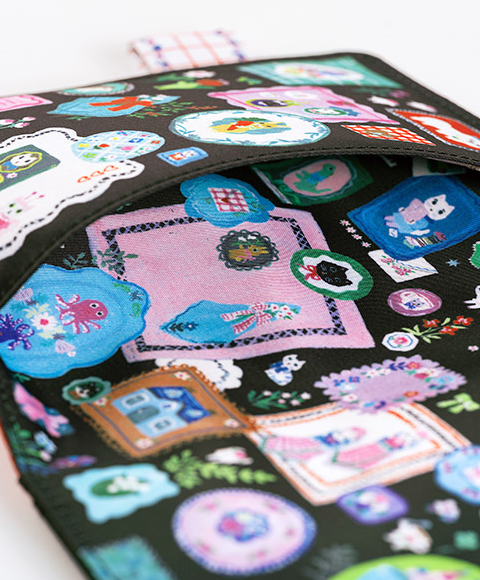
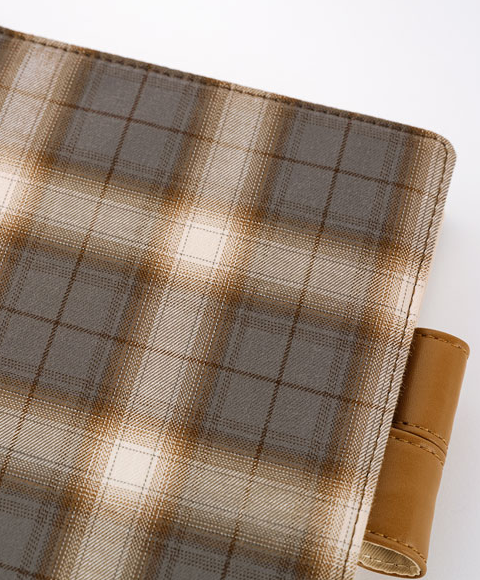
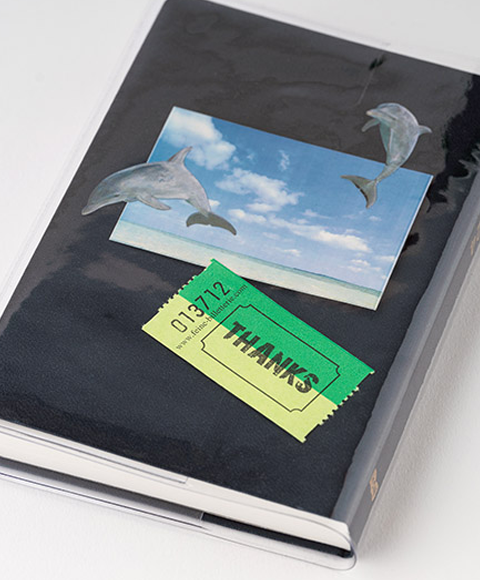
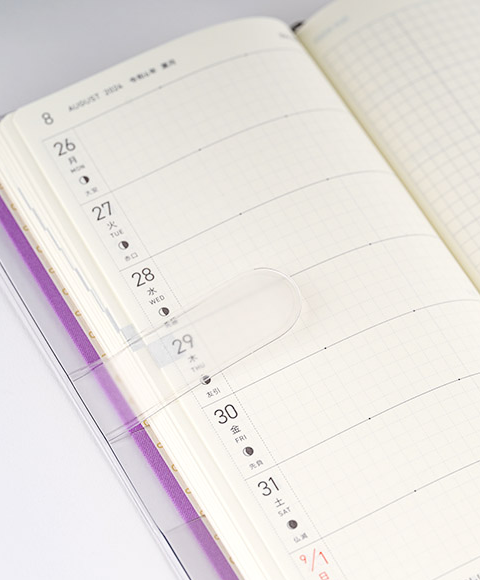
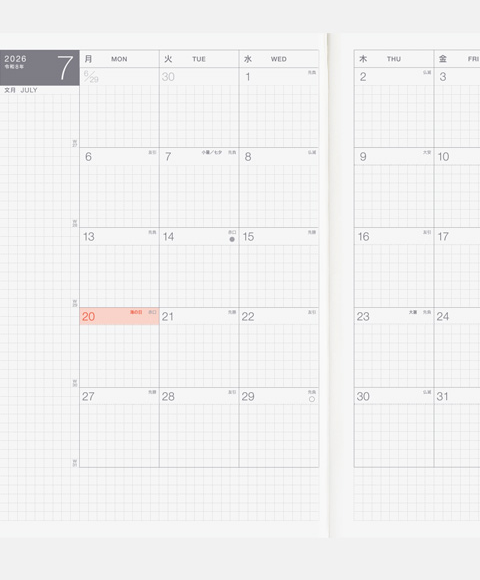





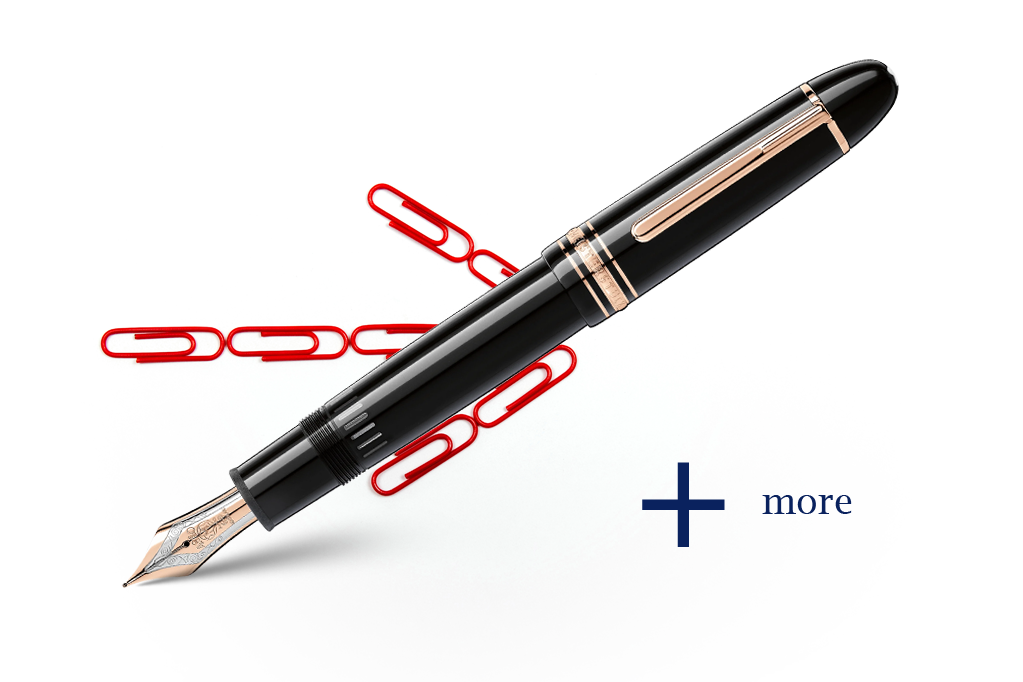



2 comments
Pinckney, Rebecca
Hi there, I have noticed some artists using mechanical pencils for drawing.
Is this type of mechanical pencil specifically called an artists drawing pencil? Thank you for your reply.
Rebecca
Hi there, I have noticed some artists using mechanical pencils for drawing.
Is this type of mechanical pencil specifically called an artists drawing pencil? Thank you for your reply.
Rebecca
Pinckney, Rebecca
Hi there, I have noticed some artists using mechanical pencils for drawing.
Is this type of mechanical pencil specifically called an artists drawing pencil? Thank you for your reply.
Rebecca
Hi there, I have noticed some artists using mechanical pencils for drawing.
Is this type of mechanical pencil specifically called an artists drawing pencil? Thank you for your reply.
Rebecca